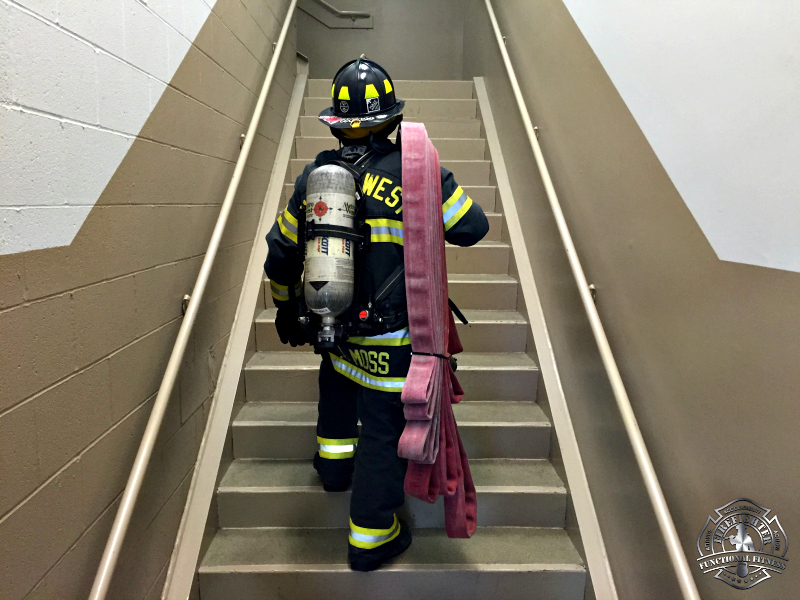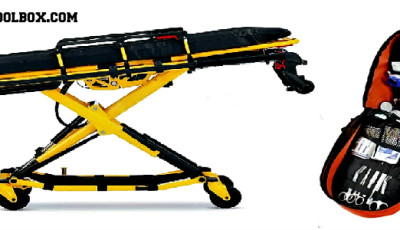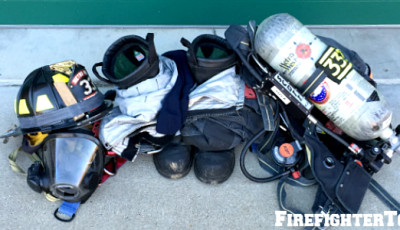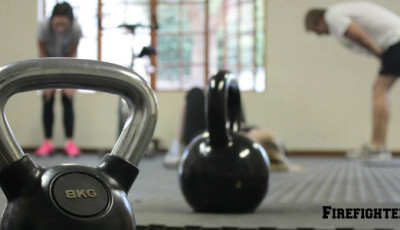6 Ways Firefighters can Use Exercise Progressions and Regressions
For some firefighters, it may be difficult to know which exercises are specifically functional for the job. Knowledge of basic exercises is good, but being able to apply progressions and regressions are key to getting the most out of each workout. A progression is used to make exercises more difficult or challenging. A regression is used to make exercises easier. Functionally fit firefighters us both to customize every exercise to either reach a goal or become stronger.
Let’s take a look at some of the most common ways to use progressions and regressions.
-
Weight
Changing the weight being used is one of the easiest ways to progress or regress an exercise. Progressions include increasing the static weight of the modality being used as well as “doubling up.” For example, instead of using a single kettlebell for an overhead press, use two and do double overhead presses. Conversely, regress by using a lighter weight.
-
Repetitions and Sets
Increasing or decreasing repetitions is a simple way to either build your work capacity or ease into an exercise routine, depending on your current level of fitness. Using lighter weight with higher repetitions and sets will build muscular endurance. We can also use lighter weight with more explosive movements to build muscular power. If you can’t do 10 reps of a given exercise with proper form, do 5 and work your way up.
-
Single-Arm and Alternating Arms Movements
For pushing and pulling exercises with the upper body, progress an exercise by using a single arm instead of both arms. For example, a single-arm progression for an overhead press would be: R, R, R, R, R, L, L, L, L, L, etc. The alternating-arm method simply goes back and forth between both arms: R, L, R, L, R, L, etc. By using one arm instead of both at the same time, we challenge our balance, build stability, and build core strength.
-
Elevation
Locomotion exercises are a key aspect of functional fitness. Perform them on level surfaces to build strength and endurance, then further challenge yourself with changes in elevation. And remember, descending elevations are as beneficial as ascending elevations, especially for balance and coordination.

-
Work Time vs. Rest Time
When performing high-intensity interval training (HIIT), increasing work time and decreasing rest time between sets will improve cardiovascular capacity. The tabata method uses a 2:1 ratio for interval timing (i.e. 20 seconds of high intensity, 10 seconds of rest). We can also do 40 seconds of high intensity and 20 seconds of rest to progress the tabata method.
For the deconditioned firefighter, use longer rest times and shorter work times until you build your endurance. It is perfectly acceptable to have a 15 to 30 second period of high intensity followed by 1 minute of rest.
-
Restrictions
Wearing turnout gear, SCBA, and exercising while breathing air from an SCBA or other respiratory restriction device such as the BlastMaskTM during circuit training are considered progressions because they restrict your cardiovascular capacity or movement. Did you know that wearing an SCBA and breathing air decreases your cardiovascular capacity by 15%?
For deconditioned firefighters, complete your circuit training in gym clothing and work your way up to more challenging restrictions as your fitness level progresses.
Regardless of the progressions and regressions you choose to use, remember that the exercises you choose should always be safe, effective, and functional.
Take your fitness and health to the next level with Firefighter Functional Fitness. Visit FirefighterFunctionalFitness.com to learn more.










